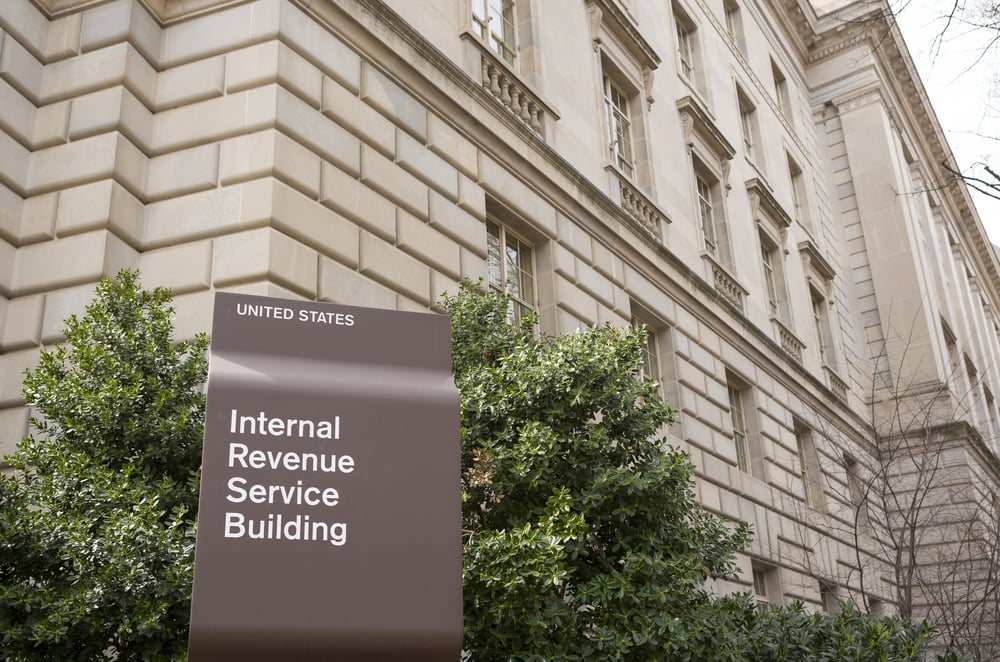The IRS released an update to its guidance on crypto taxation earlier this month, the first such update since the initial version in 2014. The new guidance is in the form of a Q/A released on the IRS’s website – it mainly clarifies the tax treatment of Hard Forks and Airdrops but also underlines the tax treatment of various other forms of crypto activity.
This is one in a series of moves the IRS has been making to ensure crypto traders pay their dues. In August of this year the IRS sent out letters to some 10000 crypto investors reminding – and in some cases warning – them of their tax obligations.
You may have to comb through the IRS’ FAQs as well as the Revenue Ruling: 2019–24 to learn everything you need to know about calculating crypto taxes. If you haven’t got around to this, don’t worry. Here are 5 critical points from the update you should know about.
#5 “De minimis” tax exemptions are nowhere to be found
There have been repeated calls from crypto experts and users for IRS to clarify that all small crypto transactions are covered under de minimis exemptions. However, this doesn’t appear to have been addressed in the new guidance. So, we can take this as meaning that you still need to report tax on those tiny crypto transactions, even for something as small as a coffee.
This point not appearing in the new guidance is likely because the IRS only makes de minimis exemptions to property when directed to do so by the Congress. As that hasn’t happened yet, you must comply with tax requirements, regardless of the crypto/dollar amount involved.
#4 Stablecoins don’t escape tax
The IRS has stated that convertible virtual currencies (such as stablecoins) are treated as virtual currencies for the purposes of federal taxation. The IRS treats virtual currencies as property, meaning that “general tax principles” apply.
Convertible virtual currencies have a value equivalent to that of “real currency”—think stablecoins pegged as 1:1 against the U.S. dollar—and can be a store of value or medium of exchange.
To sum this up, the update makes it clear that scrutiny is spreading from just bitcoin and altcoins to stablecoins. We can deduce that global attention on coins like JP Morgan’s JPM Coin and Facebook’s Libra has not gone unnoticed by the IRS.
#3 Coins from hard forks and airdrops constitute taxable income
The issue of hard forks and airdrops has dominated crypto discussions over the last few months, and the IRS has finally clarified its position on this.
You generate taxable income if you receive new coins as a result of a hard fork. The IRS states that this taxable event applies in the year in which you receive the new coins.
For reporting purposes, the basis and fair market value relate to when the new assets are recorded on the blockchain. Your basis will be the same as the amount you indicate on your income tax return.
For example, if you received 10 BCH after the bitcoin hard fork and each unit was valued at $1000, then your basis is $10,000 ($1000*10) – assuming you declared the $10,000 as income as well.
There is no taxable income associated with soft forks as these events do not lead to the creation/generation and distribution of new cryptocurrencies.
#2 Charities and virtual currency donations
As a taxpayer, you do not generate any income, gain, or loss if you donate to a charitable organization that fits the IRS Code Section 170(c). If you held the assets for more than a year before donating, then the charitable deductions will be the same as the fair market value of the virtual currency at the time of donation.
On the other hand, if you held the cryptocurrency for a year or less, then the deductions will be the lesser amount of two options: either the basis or the fair market value at the time of donation.
Also noted is that you do not generate taxable income if you receive cryptocurrencies and other virtual currencies as bona fide gifts. But bear in mind that this changes the moment you sell or exchange that asset.
#1 Doing the right thing in the accounting process
The IRS has also issued clarification on how taxpayers can go about assigning cost basis tandem with their holdings.
Taxpayers can now use specific identification when calculating their crypto taxes. This means that you can separate your cost-basis between different wallets – if you are a savvy trader you can use this to considerably reduce or control you capital gains. You will default to the FIFO method if you cannot specifically identify each unit in your cryptocurrency holdings.
The Bottom Line
By issuing this long-awaited update, the IRS has provided much-needed clarification on crypto tax-related matters that have been known to impact compliance. This is a welcome step; however, there are still a lot of gray areas left to clear, and the IRS will need to provide even more clarification in the future.
In the meantime, crypto traders and investors should read these new guidelines closely to ensure they are filing their taxes correctly. Alternatively, consider hiring the services of a crypto tax accountant familiar with the new tax rules to assist you.

